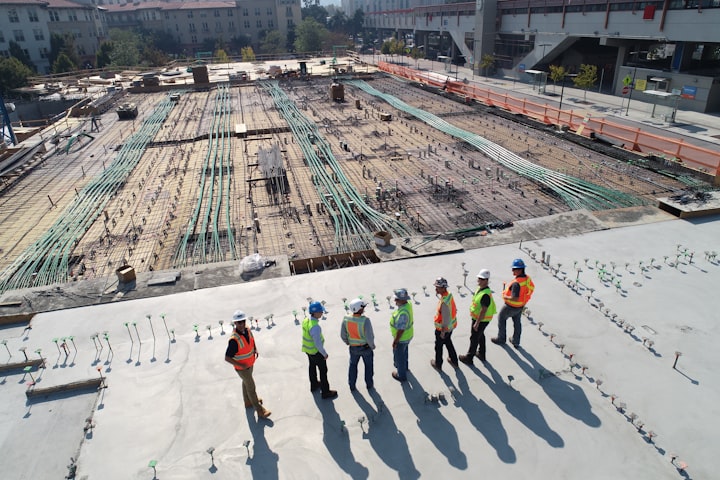Full Circle: Applying Circular Economy Principles to Buildings
How Can Circular Economy Principles Transform the Construction Industry?

The circular economy is a concept that has been gaining traction in recent years. It is an economic model that aims to keep resources in use for as long as possible, extracting their maximum value before recovering and regenerating them. The circular economy differs from the conventional linear economy based on the “take-make-dispose” model.
Key Circular Economy Strategies for Construction
Revolutionary approaches that aim to transform the construction industry into a more sustainable sector by emphasizing resource longevity and minimizing waste. These strategies include:
1. Modularity and Adaptability
Adopting modularity and adaptability in construction is akin to constructing with a mindset for the future. Buildings become adaptable entities, capable of changing with needs and times. This approach facilitates easy disassembly and reassembly, greatly extending the lifespan of building components and reducing waste.
2. Using Recycled Materials
Incorporating recycled components in building projects is not just an environmentally responsible choice; it's also a practical one. Recycled materials often come at a lower cost and can add unique aesthetic elements to a building. This strategy aligns well with the goals of corporate facility executives who are always looking for cost-effective yet innovative solutions.
3. Incorporating Renewables On-Site
Integrating renewable energy sources in buildings is a forward-thinking approach, much like commemorating achievements with trophies. This approach involves using sustainable energy sources like solar panels and wind turbines, reducing reliance on fossil fuels and promoting environmental stewardship in building management.
Planning for Multiple Lifecycles
Designing buildings with multiple lifecycles in mind is like creating a legacy. This strategy involves considering future repurposing or renovation, significantly reducing the need for new resources and minimizing waste generation. It's about creating structures that endure and maintain relevance over time.
Guiding Projects Through Circular Thinking
This approach entails evaluating the entire lifecycle of a building, from design to demolition. It requires a shift in mindset from a linear to a circular approach. Consultants play a critical role in guiding sustainable transitions. They can help identify opportunities for circularity and guide the implementation of circular economy strategies.
Overcoming Obstacles to Adoption
Embracing circular economy principles often involves overcoming perceptions and value appraisal hurdles. Appraising value involves considering the long-term value of a building rather than just its initial cost. Addressing perceptions involves educating stakeholders about the benefits of circular economy principles and dispelling misconceptions.
Showcasing Circularity: Project Examples
This powerful method promotes adopting circular economy principles in building and architecture. Two prime examples of such projects are modular affordable housing and deconstructable office spaces. Modular affordable housing, characterized by its ease of assembly and disassembly, is a remarkable example of circular construction. This approach minimizes waste and significantly enhances affordability by reducing construction costs and time. Using sustainable materials and the potential for reusing components in different configurations amplify its environmental and economic benefits.
In contrast, deconstructable offices epitomize the circular economy differently. Designed for easy modification, these structures can be repurposed or reconfigured with minimal effort and resources. This flexibility drastically reduces the need for new construction, conserving materials and energy. It also allows businesses to adapt their physical spaces to evolving needs without the environmental impact associated with traditional building methods.
Implementing circular economy principles in construction signifies a commitment to sustainability, innovation, and long-term value. For those in corporate facilities and facility management, these principles act as a guide to transform buildings from mere physical structures into sustainable assets that benefit both the present and the future. Each step towards circularity in construction is a stride towards a more sustainable, efficient, and resilient built environment. This shift addresses environmental concerns and offers economic advantages by reducing waste and optimizing resource use. As such, circular construction projects serve as a beacon, demonstrating the practicality and benefits of sustainable building practices in the modern world.





Comments
There are no comments for this story
Be the first to respond and start the conversation.